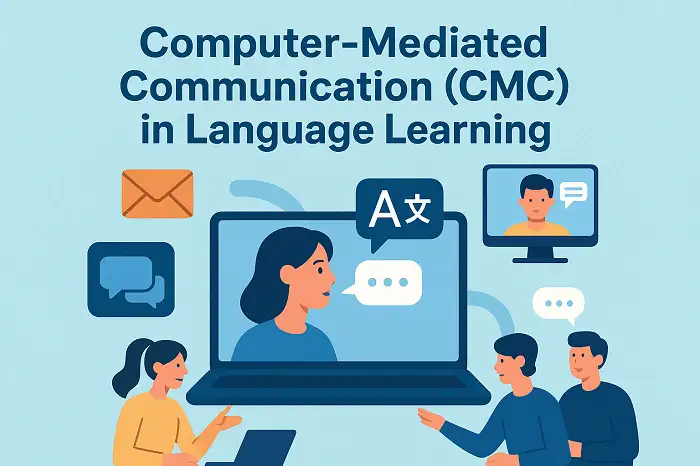Table of Contents
Classroom Ethnography
Classroom ethnography involves the kind of detailed descriptive work advocated by Johnson. They emphasise the importance of obtaining multiple perspectives through triangulation. Watson-Gegeo distinguished four approaches to classroom ethnography:
- Ethnography of communication
- Micro-ethnography
- Discourse analysis
- Critical ethnography
The ethnography of communication has its origins in anthropology and, in particular, in the work of Hymes. It aims to identify the workings of specific ‘speech communities’ by obtaining multiple perspectives on what participants in a particular social setting understand their interactive behaviours to mean. It requires both etic and emic analyses of “ways of speaking”, including nonverbal signals such as silences and gaze. It adopts both macro and micro-methods of analysing discourse. The ethnography of communication differs from conversational and discourse analysis in that it “looks for strategies and conventions governing larger units of communication and involves more holistic interpretation” (Saville-Troike, 1996, p. 354).

The ethnographic tradition has been particularly evident in research into bilingual classrooms or mainstream classrooms containing L2 learners. Gaies gave three advantages of such research:
- It can account for learners who do not participate actively in class.
- It can provide insights into the conscious thought processes of participants, and
- It helps to identify variables which have not previously been acknowledged.
Many of the disadvantages noted for conversational analysis also apply to the ethnography of communication. In particular, studies in this tradition have not typically shown how the interactional opportunities afforded a learner in a classroom contribute to learning.
References
- Saville-Troike, M. (2006). Introducing second language acquisition. Cambridge: Cambridge University Press.



